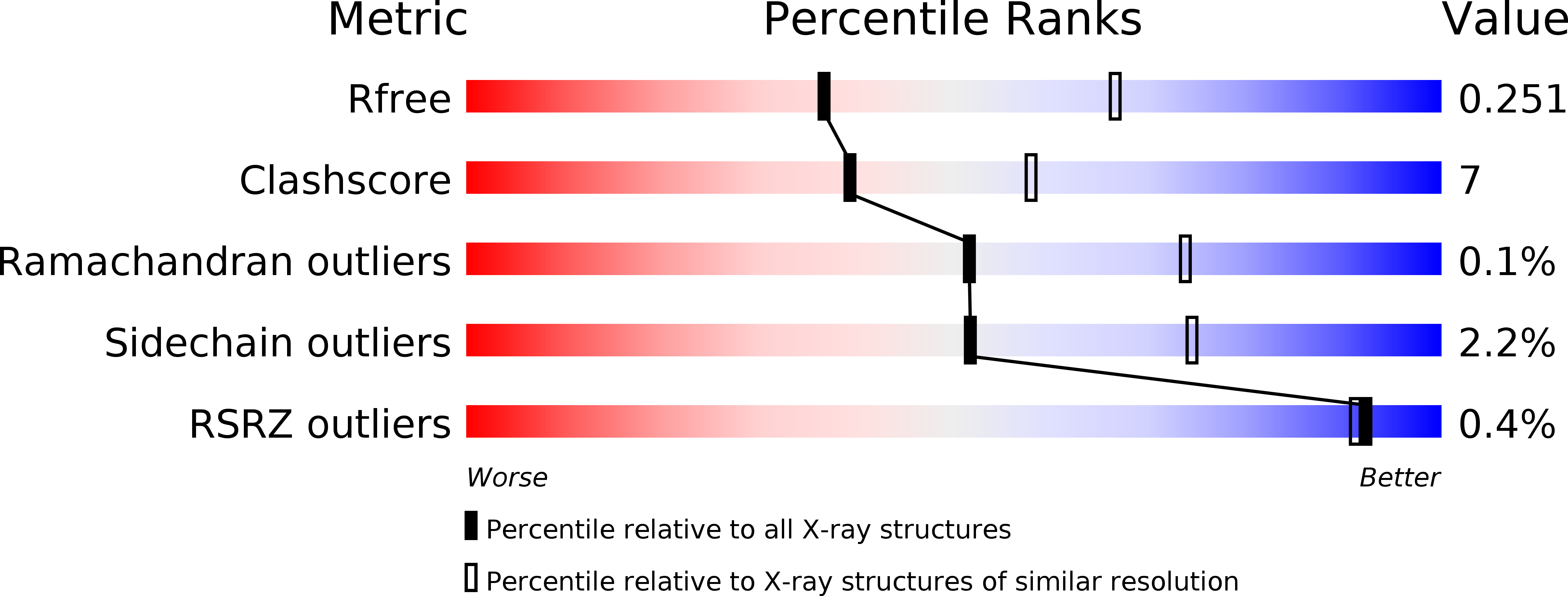
Deposition Date
2019-07-08
Release Date
2019-11-13
Last Version Date
2023-10-11
Method Details:
Experimental Method:
Resolution:
2.61 Å
R-Value Free:
0.25
R-Value Work:
0.17
R-Value Observed:
0.18
Space Group:
P 21 21 21


